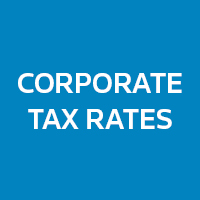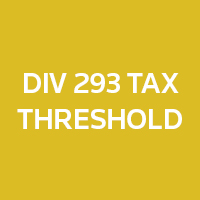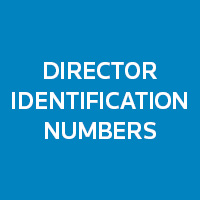Greater Flexibility For Accessing Company Losses
The government plans to give companies greater access to prior year tax losses in a bid to stimulate business innovation. A new alternative to the “same business test” – the “similar business test” – will make it easier for companies that have experienced a significant change in ownership or control to carry forward their losses. While this will provide greater flexibility, companies will need to carefully weigh up a range of factors to determine whether they meet the test.
The ability to carry forward tax losses is important for business growth and innovation. A tax loss arises when a taxpayer has more deductions in an income year than assessable income. Being able to carry forward tax losses and deduct these against future assessable income encourages businesses to undertake entrepreneurial or innovative activities that may not initially be profitable.
Under the current law, a company that has experienced a significant change in ownership or control may only carry forward its tax losses to a later income year if the company meets the “same business test”. This test broadly requires that the company currently carries on the same business as it did before the change of ownership or control, and that it does not derive any income from a new kind of business or a new kind of transaction that it previously did not enter into. These rules are designed to prevent “loss trading” (ie selling tax losses by selling a loss company to new owners).
Recognising that these rules may be too strict and discourage some companies from legitimately innovating or adapting their businesses to meet changing economic circumstances, the government now proposes to introduce an alternative “similar business test” to make it easier to access prior losses.
Under the proposed new rules, a company that has experienced a significant change in ownership or control will be able to carry forward its losses if it meets either the existing “same business test” or the new “similar business test”.
The word “similar” is not defined in the proposed new rules, and whether a company carries on a “similar” business will be a question of fact. There is no limit on the factors that may be taken into account when determining this. However, the following four factors must be taken into account:
-the extent to which the assets (including goodwill) used in the current business were previously used in the former business;
-the extent to which the activities and operations of the current business match those of the former business;
-the “identity” of the current business compared to the former business – this is a broad-ranging enquiry into all of the characteristics of the business; and
-the extent to which any changes to the former business result from development or commercialisation of assets, products, processes, services or marketing or organisational methods of the former business – this looks at whether any changes are part of the natural organic development of the former business (suggesting similarity) rather than merely reasonable or commercially sensible changes (which would not necessarily support similarity).
The ATO has already published draft guidance on its view of the proposed test. It says that “similar” does not mean a similar “kind” of business. It further says that it will be more difficult to meet the test if “substantial new business activities and transactions do not evolve from, and complement, the business carried on before the test time”. On the other hand, new products or functions that develop from the business activities previously carried on are more likely to indicate a similar business.
If enacted by Parliament, the proposed new alternative test will apply for tax losses arising from the 2015–2016 income year onwards. The new test will also apply to net capital gains and deductions for bad debts.
Make the best use of prior losses
Utilising prior year losses is an important tax planning issue for many businesses. Contact us for advice on the company tax loss rules and to consider whether your business activities are likely to meet the new “similar business test”.












